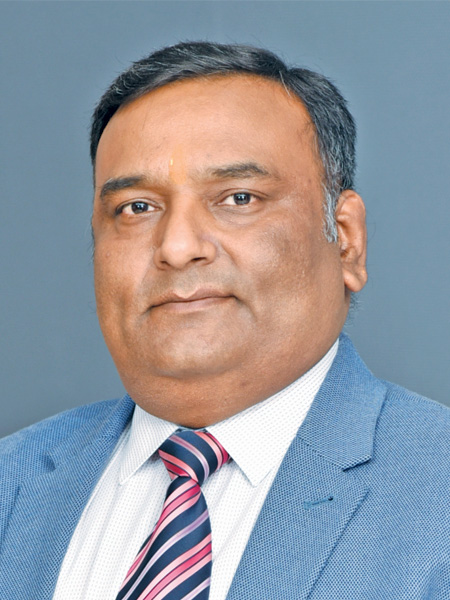Integrated SOLID WASTE MANAGEMENT
We have been talking about waste management for a very long time. Now, it is time to take it seriously. The rapid growth in population, economy and urbanisation in country has led to an exponential rise in solid waste in India. Our current methods of waste treatment are neither sustainable nor sufficient enough to tackle

We have been talking about waste management for a very long time. Now, it is time to take it seriously. The rapid growth in population, economy and urbanisation in country has led to an exponential rise in solid waste in India. Our current methods of waste treatment are neither sustainable nor sufficient enough to tackle the massive amount of waste in country every day. So far, waste has been categorised in various forms like municipal solid waste, industrial waste, medical waste etc and various techniques have been adopted to deal with each type of waste. However, success of these methods has been moderate and is now high time to adopt an integrated solid waste management strategy.
Integrated Solid Waste Management (ISWM) strategy calls for the segregation, sorting, treatment and disposal of waste in a sustainable manner irrespective of the source generating it. ISWM is no rocket science. It is a combination of common sense, willpower and policies. Technology also plays an important role.
Reduce, reuse and recycle
This age-old mantra of waste management holds true in every case of waste management. ISWM calls for intervention at the generation stage of waste. Prevention is always better than cure. Government should work with the manufacturers of products and materials to make products that last longer, can be recycled and generate as little waste as possible at the end of their lifecycle. Customers should also be inclined towards buying things made by companies committed to reduction of waste or using sustainable materials for production.
Reusing products after the end of their intended lifecycle is another very important way to reduce solid waste. The role of general public is most important in this. For example, plastic bottles, jars etc can be reused as flowerpots at homes. Other things like newspapers, packaging material, plastic bags, and clothes can also be reused in different ways to prolong their utility and delay their entry into waste stream. Little willpower and innovative thinking can do wonders in this waste reduction.
Recycling can help save products and materials worth billions of rupees from going to final dumping. It not only saves money but also reduces burden on natural resources. For example, recycling paper saves thousands of trees every year. Recycling plastic can help reduce production of fresh plastic which is one of the most unsustainable materials for the earth. Other products like batteries, electronic products, glass, fabric etc, can help reduce the environmental footprint to a huge extent.
Segregation at source
Segregating waste at source is another major step in ISWM. Whether it's households, medical institutions or industries, if waste is segregated at sources, half the work in sustainable waste management is already done. Waste at source, like a household, is small. It can be easily segregated into dry and wet waste. However, when unseparated waste reaches waste management facility, its volume becomes humongous. At this point, segregation of waste becomes an enormous task involving a huge amount of cost. Most of the time, due to lack of manpower and finances, waste management facilities are unable to segregate waste. This starts the chain of unsustainable waste management.
Role of ULBs is very important in this aspect. The government agencies should have strict rules for segregation of waste at source. For example, in Indore and Noida, sanitation staff have been given strict instructions not to collect mixed waste from households. Similar rules should be applied for institutions like medical facilities, education institutions, offices and industries. Strict penalties should be enforced on violators. ULBs should also have provisions for regular monitoring to ensure that segregation of waste at source is properly done.
Due to sheer volume of waste collected in cities, the dumping sites often become extremely large and almost impossible to manage. Waste management facilities already facing challenges like shortage of finance and skilled manpower, and large size of facilities makes situation even worse. Waste disposal sites in Okhla and Ghazipur are prime examples of this situation. Therefore, there is a need for a centralised waste management system with smaller waste disposal sites that can be easily managed. Also, there is a need to provide proper training to sanitation staff who are engaged in these practices, so that they are well equipped to handle each type of waste properly: whether municipal, medical, industrial, or hazardous.
-Dr. Harish Sharma
ED, Rudrabhishek Enterprises (REPL)
Hits: 7







